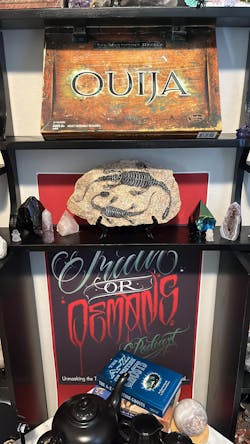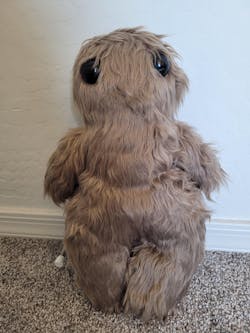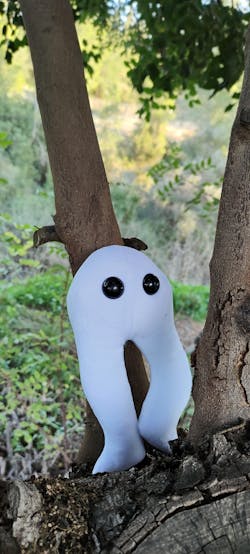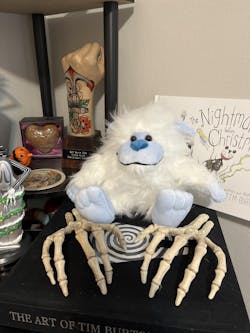In the mystical realm of folklore and supernatural creatures, the werewolf and the vampire stand as two iconic beings with their own rich legends and captivating lore. Both creatures have been portrayed extensively in various forms of media, from movies to literature. One intriguing notion that often emerges is the existence of a werewolf vampire hybrid—a creature that possesses the combined traits and powers of both beings. In this article, we will delve into the world of werewolves and vampires, explore the origins and characteristics of each, and ultimately debunk the myth of the werewolf vampire hybrid.
What is a Werewolf?
Werewolves, also known as lycanthropes, have fascinated storytellers and mythologists for centuries. According to ancient legends, werewolves are humans who possess the ability to transform into wolves or wolf-like creatures during the full moon. The origins of werewolf tales can be traced back to various cultures, including Norse, Greek, and Native American folklore.
Origins and Legends
The concept of werewolves can be found in numerous ancient myths and legends. In Norse mythology, for instance, there is the tale of the Viking warrior, Ulfhednar, who would wear the pelts of wolves during battles, exhibiting ferocious strength and heightened senses. Greek mythology also mentions the story of King Lycaon, who was cursed by Zeus and transformed into a wolf due to his wickedness.
Characteristics and Abilities
Werewolves possess a unique set of characteristics and abilities. During their transformation, they acquire enhanced senses, agility, and strength beyond that of an ordinary human. Their physical appearance alters, with their bodies becoming more muscular, their nails transforming into sharp claws, and their teeth elongating into fangs. The full moon is often associated with triggering the transformation, amplifying the werewolf's powers and inducing a state of wild aggression.
What is a Vampire?
Vampires, on the other hand, have become synonymous with immortality, seduction, and an insatiable thirst for blood. These nocturnal creatures have been prevalent in various cultures throughout history, with each region contributing its own unique twist to vampire lore.
Origins and Legends
The origins of vampires can be traced back to ancient civilizations such as Mesopotamia and Egypt, where tales of blood-drinking entities were prevalent. However, it was the 19th-century Gothic literature, most notably Bram Stoker's "Dracula," that solidified the modern vampire archetype. Stoker's novel introduced the charismatic and aristocratic vampire Count Dracula, shaping the image of vampires in popular culture.
Characteristics and Abilities
Vampires are often depicted as immortal beings with pale skin, sharp fangs, and the ability to transform into bats or mist. They are known for their alluring charm and the ability to manipulate others through their hypnotic gaze. Vampires sustain their immortality by consuming the life force contained within blood, typically human blood. They are vulnerable to sunlight, garlic, and the piercing of a wooden stake through their heart.
The Myth of the Werewolf Vampire Hybrid
The concept of a werewolf vampire hybrid has captivated the imaginations of many, leading to its portrayal in various folklores, books, and movies. The idea of combining the traits of both creatures gives rise to a formidable and enigmatic being, blending the strength and ferocity of the werewolf with the immortality and allure of the vampire.
Popularity in Folklore and Fiction
Werewolf vampire hybrids have found their way into the fabric of popular culture through various tales and adaptations. Stories featuring these hybrids often explore the conflict between their dual nature, torn between their primal instincts and the hunger for blood. These narratives tend to highlight the inherent struggle within such beings, torn between the wild nature of the werewolf and the calculated sophistication of the vampire.
Similarities and Differences
While werewolves and vampires share some commonalities, such as their nocturnal nature and supernatural abilities, they also possess distinct characteristics that differentiate them. Werewolves are governed by the cycles of the moon, whereas vampires are not bound by any specific lunar phase. Werewolves transform into wolves or wolf-like creatures, whereas vampires retain their human-like appearance but with subtle enhancements.
Debunking the Myth
As enthralling as the concept of a werewolf vampire hybrid may be, it is important to recognize that it exists solely within the realms of fiction and folklore. From a biological standpoint, the idea of such a creature is implausible.
Biological Incompatibility
Werewolves and vampires are fundamentally different entities, each with their own distinct origins and set of characteristics. Their genetic makeup and physiological traits are incompatible, rendering the possibility of crossbreeding impossible. The mechanisms underlying their transformations and sustenance are disparate, making the notion of a hybrid creature biologically unfounded.
Fictional Representation
While werewolf vampire hybrids may be prevalent in fictional works, it is essential to understand that these representations are imaginative creations rather than grounded in reality. Writers and filmmakers often employ the concept of hybrids to add complexity and intrigue to their stories, pushing the boundaries of the supernatural world. However, these depictions should be appreciated as works of fiction rather than concrete evidence.
Conclusion
In the realm of supernatural beings, the werewolf and the vampire hold significant places in folklore and popular culture. However, the notion of a werewolf vampire hybrid, although fascinating, remains firmly within the realms of fiction and imagination. The contrasting origins, characteristics, and biological incompatibility between werewolves and vampires render the hybrid concept implausible. Nonetheless, the enduring popularity of these creatures continues to captivate audiences, fueling their presence in literature, movies, and our collective imagination.
FAQs
-
Can a werewolf and a vampire have offspring? No, werewolves and vampires are biologically incompatible, and crossbreeding between them is not possible.
-
Are there any stories or movies featuring werewolf vampire hybrids? Yes, several fictional works have explored the concept of werewolf vampire hybrids, such as the "Underworld" film series and the "Twilight" book series.
-
What are the common characteristics of werewolves and vampires? Werewolves possess the ability to transform into wolves or wolf-like creatures during the full moon and exhibit enhanced strength and senses. Vampires are immortal beings with a thirst for blood, often possessing heightened charm and the ability to transform into bats or mist.
-
Do werewolves and vampires share any similar weaknesses? While both werewolves and vampires have vulnerabilities, such as silver for werewolves and sunlight and wooden stakes for vampires, their specific weaknesses differ.
-
Is there any truth behind the myth of werewolf vampire hybrids? No, the myth of werewolf vampire hybrids is purely fictional and lacks any scientific or factual basis.
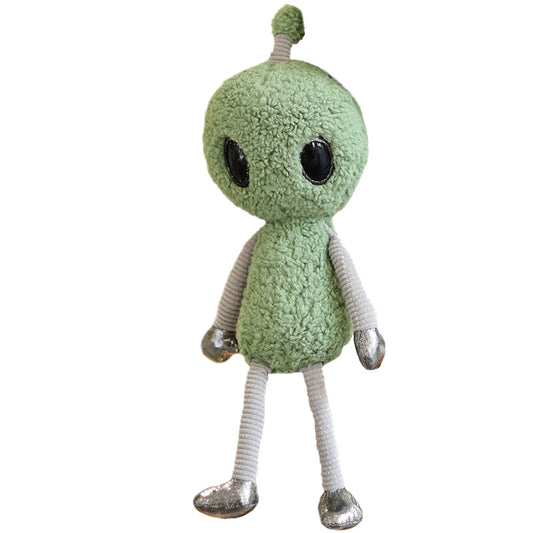 Sold out
Sold out Sold out
Sold out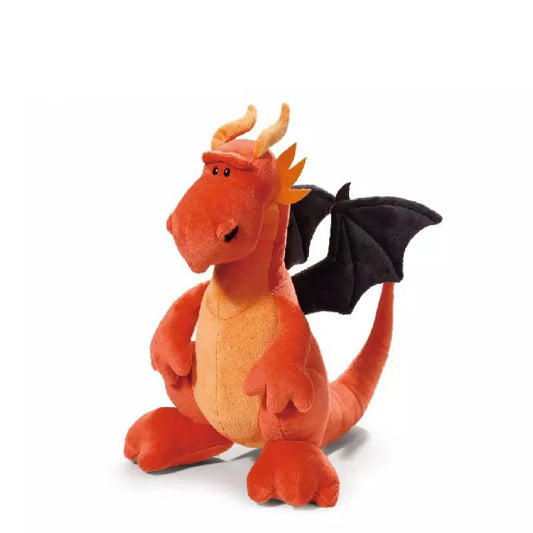 Sold out
Sold out










